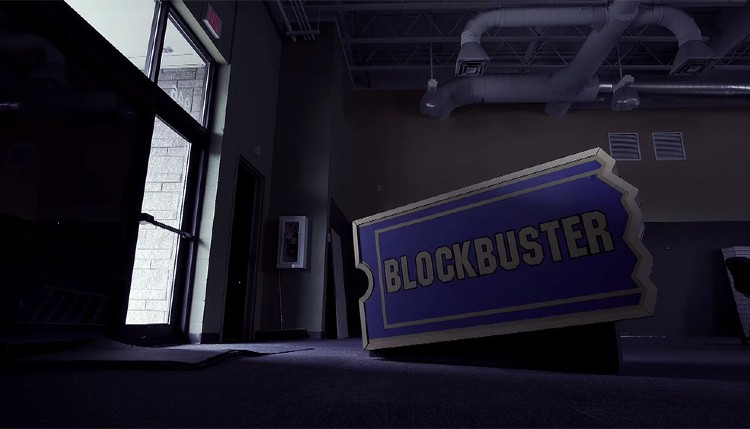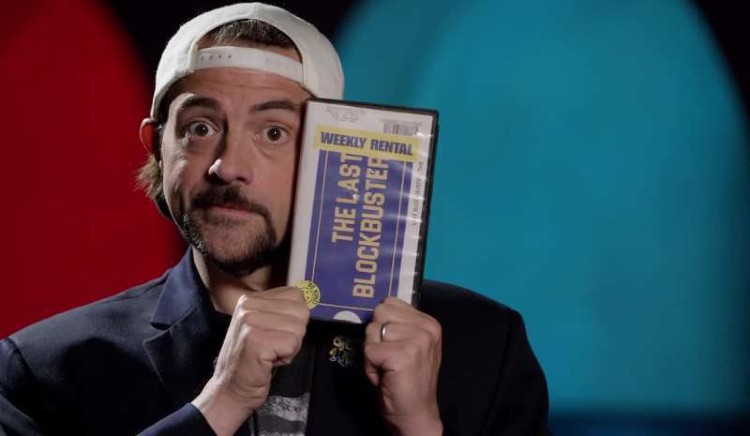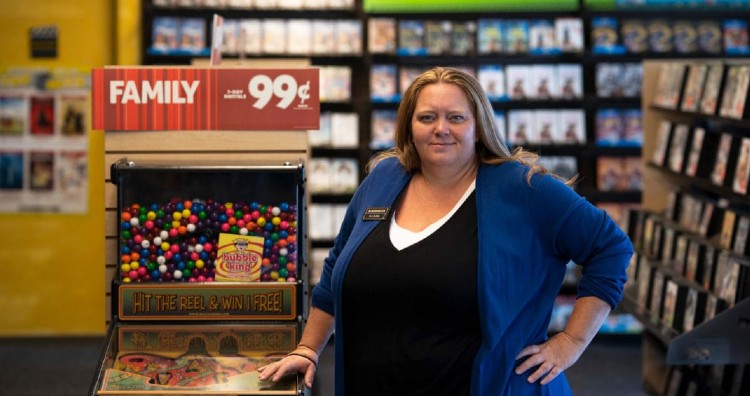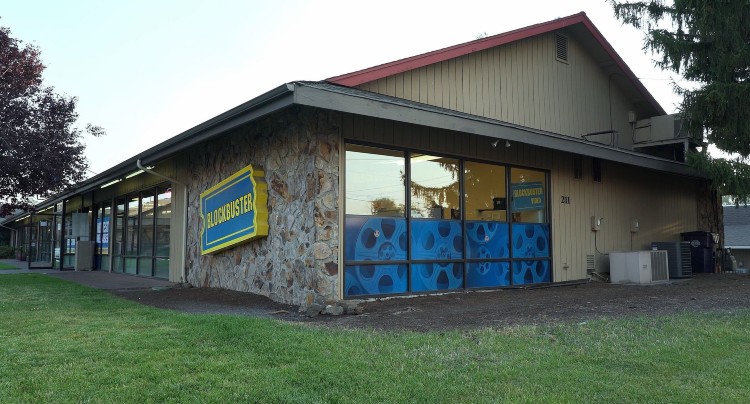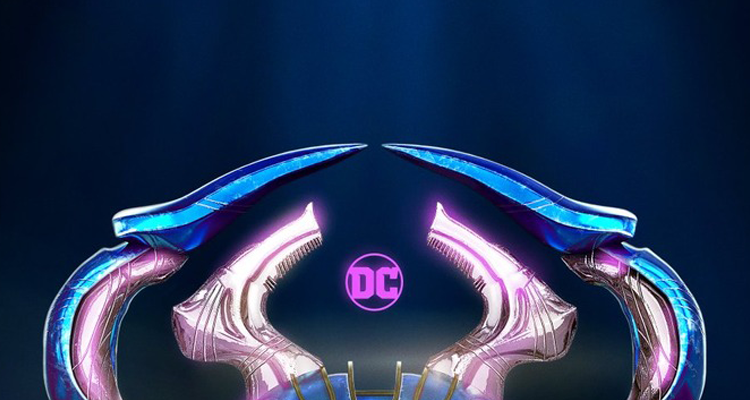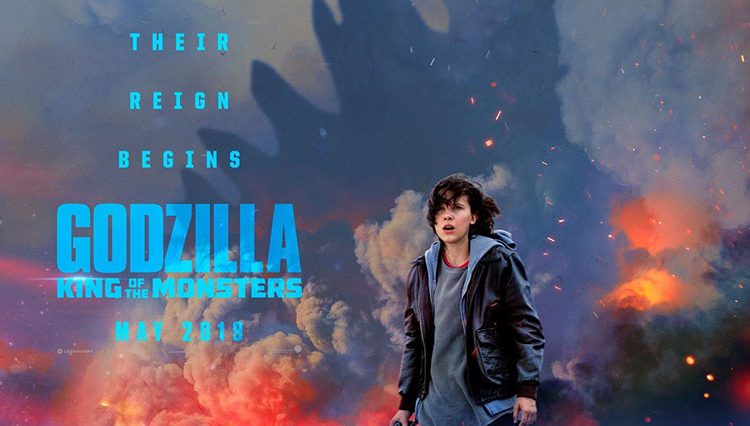“It’s like a library. People were there, they all want to be entertained. They all want to see what you’re renting and talking about. ‘Have you heard about this?’ There’s a real dialogue going on.”
The Last Blockbuster, 2020 (Sandi Harding) 1091 Pictures
Man, this makes me feel old. Could you imagine, say, getting into your car, or taking a decent walk to get to a video store to rent a movie? You take it home, you watch it? If you like it, you watch it again? Keep it out an extra day, pay a late fee, return it? You forget to rewind the tape, you pay a rewind fee? I worked in a bunch of video stores in my younger days, and that was what we called it: “the profit motive.” Rewind fees! When I worked in smaller video stores and some cute girl flashed me a smile, I’d not only forget my name, but I’d also forget to apply the rewind charge. I never got into trouble because most of my managers did the same thing.
At Blockbuster, those late and rewind fees were hard-wired into the computer and there was nothing you could do to change that. Oh yes, there would be tears. Consequently I got fewer dates at Blockbuster. Blockbuster didn’t make all its money on late fees. If there’s one thing you took away from your Blockbuster experience, other than the hideous junior high school color scheme, it had to be the tubs of popcorn, the soda pop, and the assorted movie snacks like Junior Mints, Dots, and Pringles. This was something other video stores started doing after Blockbuster made it commonplace; they turned the ritual of renting videos into a movie theater experience.
Even before the launch of the big chain stores (Hollywood, Suncoast, RKO), video rental was magic. VCRs were terribly pricey back in the early days. A VCR could run you $500 to $1000. Movies were not priced to sell, and rental stores popped up across the map. Blockbuster pioneered the “revenue-sharing” business model by making deals with studios for multiple copies of movies that they would get at a reduced rate from buying bulk. A regular corner shop would have a couple copies, but they couldn’t afford any more than that, so Blockbuster (and similar chains) would kill their home-grown competitors.
A better documentary like Adjust Your Tracking goes into that aspect of the business in far more detail than The Last Blockbuster, which isn’t so much a history lesson as it is a cute digression about Sandi Harding. Sandi is the manager of … the last Blockbuster video store, located in Bend, Oregon. It’s interesting to me she wouldn’t initially take Ione Skye’s advice and keep the color scheme but remove the Blockbuster signage in the event her contract with Dish Network (Blockbuster’s current creditor) expires. She insists on continuing to run a Blockbuster Video rather than make the store her own.
As a franchisee (from what I understand), she continues to foot the bills, large and small. She makes all the decisions. Nobody from Corporate cares much about interfering with her operations. She has demonstrated incredible business expertise. She’s a much kinder store manager than some I’ve known personally, and she exudes a motherly altruism, and though we get bits from Skye, Kevin Smith, Adam Brody, and Jamie Kennedy throughout the film, she’s the true star of the movie. You fall in love with her a little watching her struggle to keep this unsteady boat afloat, so the documentary is more a slice-of-life than a once-thriving business’ post-mortem.
The theories are kept to a minimum. Netflix is quietly swept under the rug as a reason for Blockbuster’s demise. A-hem*. Instead, Blockbuster is blamed for not purchasing Netflix when it had the chance, rather than the massive (and frightening) expansion of over 9,000 stores worldwide, ever-increasing overhead, and the dramatic drop in the cost of physical media starting in the 2000s. “Controversial” movies (such as The Last Temptation of Christ, Henry & June, and Kids) were forbidden from being sold or rented, DVDs were a relatively late entry in Blockbuster stores, and after Viacom’s acquisition in 1994, Blockbuster, suspiciously, pushed more Paramount product than titles from other studios, but we don’t like to talk about that.
While eschewing these critical items, The Last Blockbuster gets points for commenting on the distressing lack of physical media and the rise of “temporary” entertainment via streaming and subscription-based services, but because we go back-and-forth between “celebrity remembrances” and the story of Sandi Harding, the movie lacks focus and plays like an episode of We Love the ’90s. Still, this is a bygone era we’re talking about; a time when we had to work a little harder for our distractions. Why bother with laborsome physical transactions, late fees, rewind fees, and human contact when we can tap a few buttons on a remote control and get everything we want? I do have to wonder when streaming services will go the way of Blockbuster.
*The Last Blockbuster is streaming on Netflix.
This article is for Cheryl, my former boss and co-worker at our Blockbuster, who gave me the idea to watch The Last Blockbuster. She would put so much enthusiasm into, “Hey Dave, wanna clean the toilet?,” that I could never be mad at her. Oh, also my wife, Bronwyn. That’s where we met. She made me write that. Heh.


